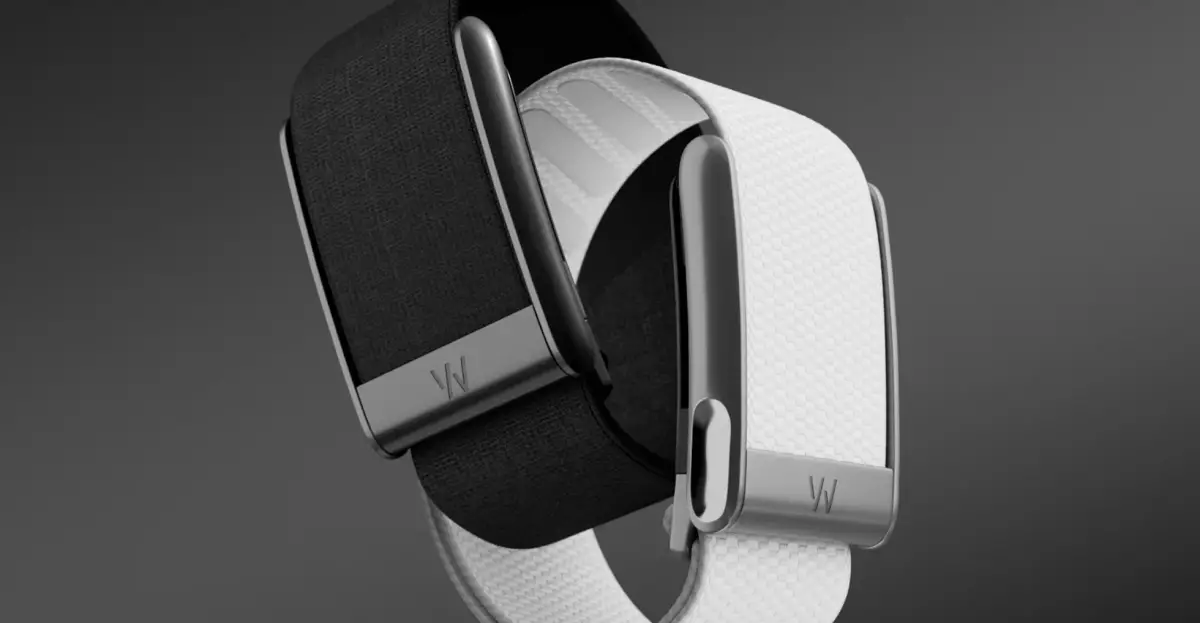The recent upheaval surrounding Whoop’s latest fitness tracker, the Whoop MG, is more than a mere glitch in technological advancement; it reflects significant underlying issues in product reliability and customer trust. Launched with much fanfare and high expectations, the Whoop MG promised revolutionary features, including EKG capabilities and blood pressure insights, appealing to fitness enthusiasts looking for precision in their health tracking. However, reports of unresponsive devices emerging from the launch have sent ripples of concern through its user base, prompting inquiries into the integrity of the product.
In a world where consumers are increasingly dependent on technology for health monitoring, the unresponsiveness of the Whoop MG raises alarm bells. Users have reported their devices faltering within mere hours of activation. For anyone investing a whopping $359 annual fee for a premium Whoop Life subscription, this is understandably frustrating. Technology that is supposed to empower our fitness journeys is instead relinquishing control back to its designers, leaving users feeling helpless and dissatisfied.
The Replacement Conundrum
Adding insult to injury, users have experienced preemptive replacements of functional devices. Reports indicate that Whoop is replacing working MGs without customers even raising issues, which gestures toward a troubling sense of urgency within the brand’s operational priorities. Such practices disrupt the trust consumers place in a brand, particularly for a product that touts itself as medical-grade. The backlash has been considerable, with both long-time individuals in the Whoop community and newcomers expressing skepticism about the reliability of the device.
While some may argue that proactive replacements show a keen sense of customer service, it could actually indicate deeper systemic problems within Whoop’s quality assurance mechanisms. Scrutinizing this approach reveals a desperate act to reclaim faith in the product, essentially admitting that the reliability issues are widespread enough to warrant intervention.
User Experiences and Community Reaction
The community forums and Reddit threads tell a different story. Users reporting energetic experiences within the Whoop community describe their frustration, encountering devices that shut down alarmingly quickly, with some going dark mere half an hour after activation. The company’s proposed fixes—charging, resetting—and the vague troubleshooting steps provided often yield little to no improvement. As a tech journalist myself, I find it disheartening when consumers dedicate time and money only to be met with such forbearance from a renowned brand like Whoop.
The question lingers as to whether this early adoption of tech innovations is a gamble the user base can afford. With high stakes comes high scrutiny, and with tech enthusiasts pushing towards the frontiers of health monitoring, they expect reliability, not just flashy capabilities touted by marketing departments. Furthermore, fleeting individuality in personal health tracking becomes a shared frustration in light of unreliable devices, affecting brand loyalty and consumer sentiment markedly.
A Reactionary Strategy Amidst Chaos
Whoop’s response to the backlash has been mixed. While the company showed awareness by issuing replacements and addressing some concerns, it nonetheless seems reactionary rather than preemptive. Just weeks ago, the company stirred outrage by adjusting subscription upgrade terms for users from six to twelve months. Although Whoop backpedaled on these terms after user outrage escalated, the inconsistency has surely contributed to a shaky environment for its customers.
In the tech industry, loyalty is built through trust and transparent communication. Whoop finds itself at a crossroads; a period of reflection on their product’s reliability is essential—not only to cultivate faith in their technology but to repair the fractured relationship with their consumer base. In a market saturated with alternatives, consumers have never possessed more options. This situation could color perceptions and decisions going forward, which is a risk no brand should willingly take.
The friction in Whoop’s rollout of the MG emphasizes a critical lesson: technology must not only promise profound advancements in health insights but deliver reliability to accompany them. The potential for Whoop to rise above these challenges exists if they listen closely to their users and adapt effectively to feedback. The unforgiving nature of the tech landscape may provide a stark reminder that customer satisfaction is paramount, and any missteps can cause significant harm to reputation and trust in an instant.


Leave a Reply